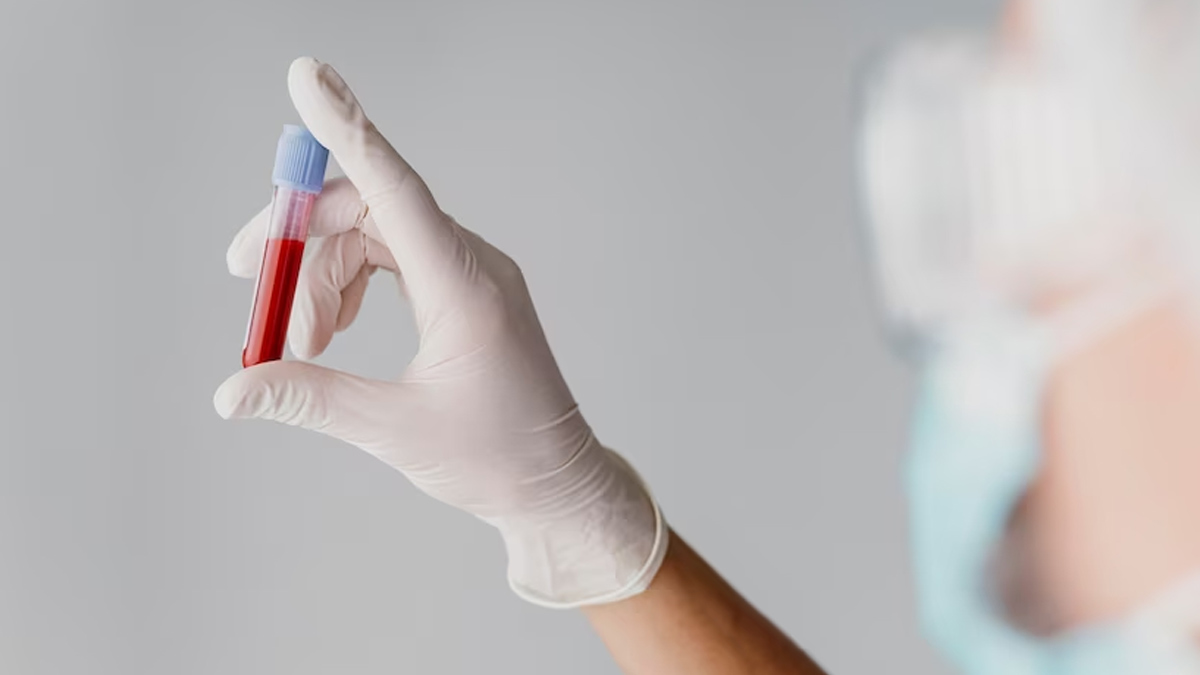
In recent news, a 45-year-old CEO swapped blood with a father & teen son to get the body of an 18-year-old. This groundbreaking procedure marked the world's first-ever multi-generational blood swap. Therefore we have connected with a few industry experts to shed light on how Multi-Generational Blood Swap works.
Table of Content:-
Speaking with the editorial team of OnlyMyHealth, Dr. Manoj Kutteri, Medical Director & CEO of Atmantan Wellness Centre shares insightful details about the multi-generational blood swap and plasma exchange. Here is what he shared with us.
Understanding Plasma Exchange: The Process and Its Impact
Therapeutic Plasma Exchange, also known as plasmapheresis, has emerged as a new trend in medical treatments. Initially introduced in 1952, this procedure involves withdrawing blood from the body and separating it into plasma and cells. The primary objective is to remove the liquid portion of the blood, known as plasma, which contains antibodies, toxins, cytokines, adhesion molecules, complement proteins, and other unwanted substances. The plasma is then replaced with another liquid, such as a mixture of electrolytes and albumin or purified protein compounds, before being transferred back into the patient's body.
Plasma exchange has proven to be beneficial in treating various autoimmune conditions and overdoses of certain medications. Additionally, it is an effective approach for managing complications arising from organ transplantation, particularly antibody-mediated rejection.

Also read: World Milk Day 2023: Why Its Celebrated & Significance
Risk Factors and Complications
While plasma exchange is generally considered safe when performed under the guidance of experienced medical professionals, it is not totally free from any potential complications. During the plasma removal process, there is a risk of calcium and magnesium loss, leading to hypocalcemia or hypomagnesemia. Therefore, it is crucial to handle these complications carefully during the procedure. The exchange of large volumes of fluid can also result in imbalances in blood pressure, leading to symptoms such as breathing difficulties, cold extremities, dizziness, nausea, shivering, and more.
Allergic reactions and bleeding tendencies are common side effects, and there is an increased risk of infection if adequate safety precautions are not followed. Despite these potential complications, plasma exchange remains a valuable procedure for treating skin problems, scars, acne, and pigmentations, promoting hair growth, managing autoimmune conditions such as myasthenia gravis, Guillain-Barre syndrome, polyneuropathy, stimulating collagen production (anti-aging therapy), and more.
Lifestyle Modifications Post Plasma Exchange
Following plasma exchange, it is important to consider certain lifestyle modifications to support overall well-being. Patients should adhere to their doctor's recommendations and adopt a healthy lifestyle, including a balanced diet, regular exercise, stress management techniques, and adequate rest. These lifestyle modifications can contribute to maintaining a healthy physique and optimising the benefits obtained from the plasma exchange procedure.

Also read: World Milk Day 2023: Why Its Celebrated & Significance
Evolution of Anti-Aging Therapies Over the Years
Plasma exchange has gained attention as an anti-aging therapy due to its potential to stimulate collagen production and improve skin health. Over the years, numerous anti-aging therapies have been developed, ranging from topical creams and serums to minimally invasive procedures like Botox and dermal fillers. The introduction of plasma exchange as an anti-aging treatment demonstrates the continuous evolution of medical advancements in addressing age-related concerns. This procedure offers a unique approach to rejuvenating the skin and combating the signs of ageing.
Affordability & Accessibility Factors For Plasma Exchange Treatments
The accessibility of plasma exchange treatments may vary depending on the geographical location. In India, plasma exchange therapy is commonly available in major metro cities such as Bangalore, Chennai, Mumbai, Delhi, and others. However, its availability may be limited in certain regions. In terms of affordability, the cost of plasma exchange therapy in India typically ranges from approximately 30,000 to 40,000 rupees per session. The number of sessions required depends on the specific medical condition being treated. It is important to consult with healthcare professionals to determine the suitability, accessibility, and affordability of plasma exchange treatments based on individual circumstances.
Bottomline
Plasma exchange, or plasmapheresis, is a medical procedure that has gained recognition for its therapeutic benefits in treating various conditions. While it presents potential risks and complications when conducted under the guidance of experienced healthcare professionals.
Also watch this video
How we keep this article up to date:
We work with experts and keep a close eye on the latest in health and wellness. Whenever there is a new research or helpful information, we update our articles with accurate and useful advice.
Current Version